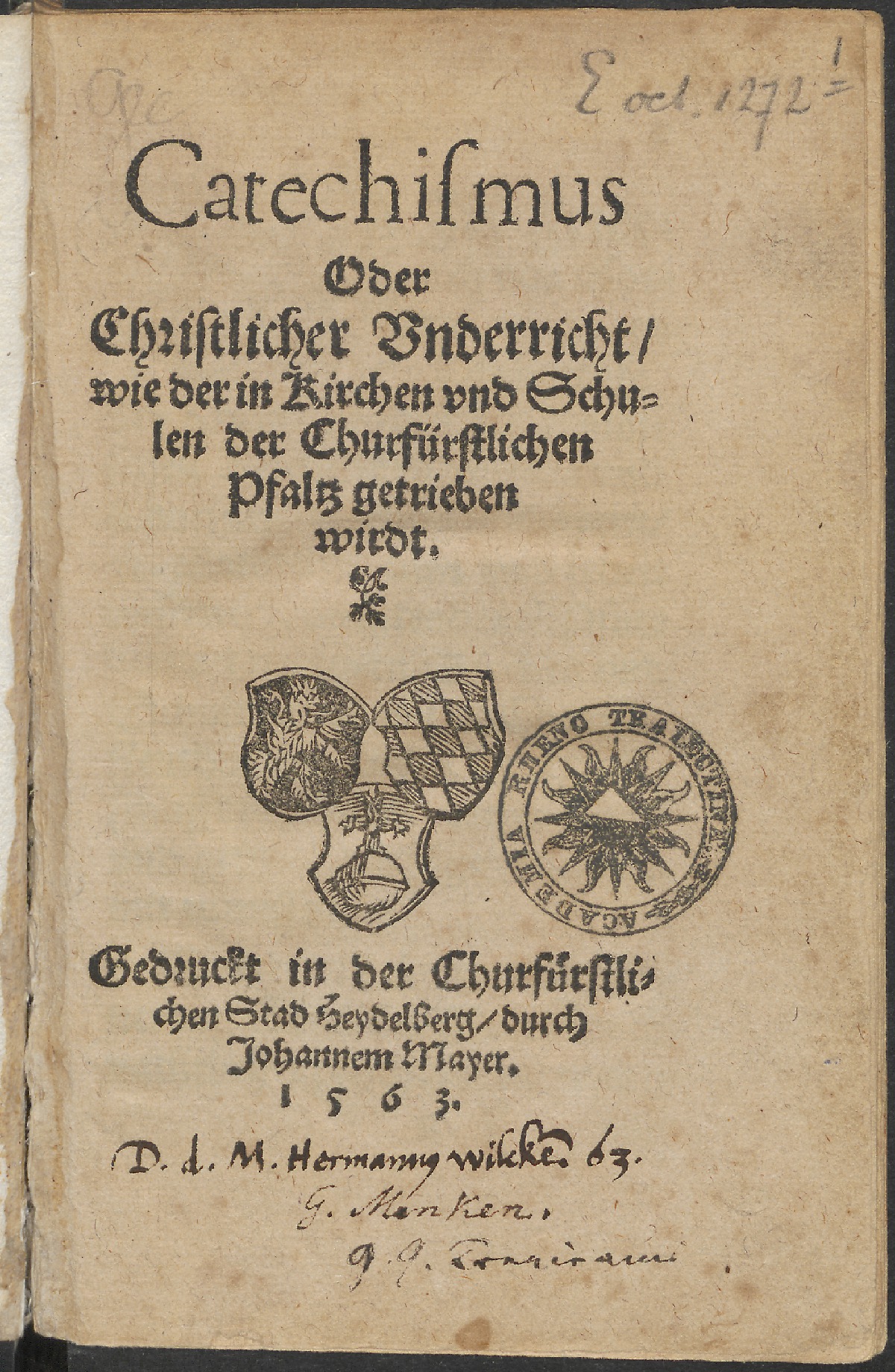… connects Christians all over the world?
The first thing that comes to mind when you hear the word reformation is usually Martin Luther and the 95 theses he is said to have nailed to the door of the castle church in Wittenberg on 31 October 1517. Thinking back to their religious education classes at school or their confirmation classes, some might remember Johannes Calvin or Huldrych Zwingli being important figures in church reformation theory. But how do Prince-elector Friedrich III and Heidelberg come in?
A leap in time back to the mid-16thcentury shows that with the implementation of the Religious Peace of Augsburg, the basic conditions for a peaceful coexistence of the different denominations in the Holy Roman Empire of the German Nation were created. The principle valid at the time was “cuius regio, eius religio” (whoever rules, determines the denomination), and Prince-elector Ottheinrich introduced Protestantism into the up to that point Catholic (Electoral) Palatinate for the second time in 1545. After ruling only three years Ottheinrich died heirless in 1559. His reformation efforts remained unfinished.
Because of the denominational changes and the differences of the Protestant schools of thought the population was very confused. This was one of the reasons why the new regent Friedrich III (nicknamed “The Pious”) felt it his calling to establish clarity. He appointed the professor of dogmatics and Calvin disciple Zacharias Ursinus from Heidelberg to write an instructional book for schools and the church. In 1563, Ursinus finished his religious writing, giving 129 answers to fundamental issues concerning sin, deliverance and thankfulness.
Having initially been written for the Electoral Palatinate population, the so-called “Heidelberg Catechism” still is the most significant confessional writing of the reformed church. Translated into 40 languages it provides guidance for everyday life to more than 20 million Christians.

